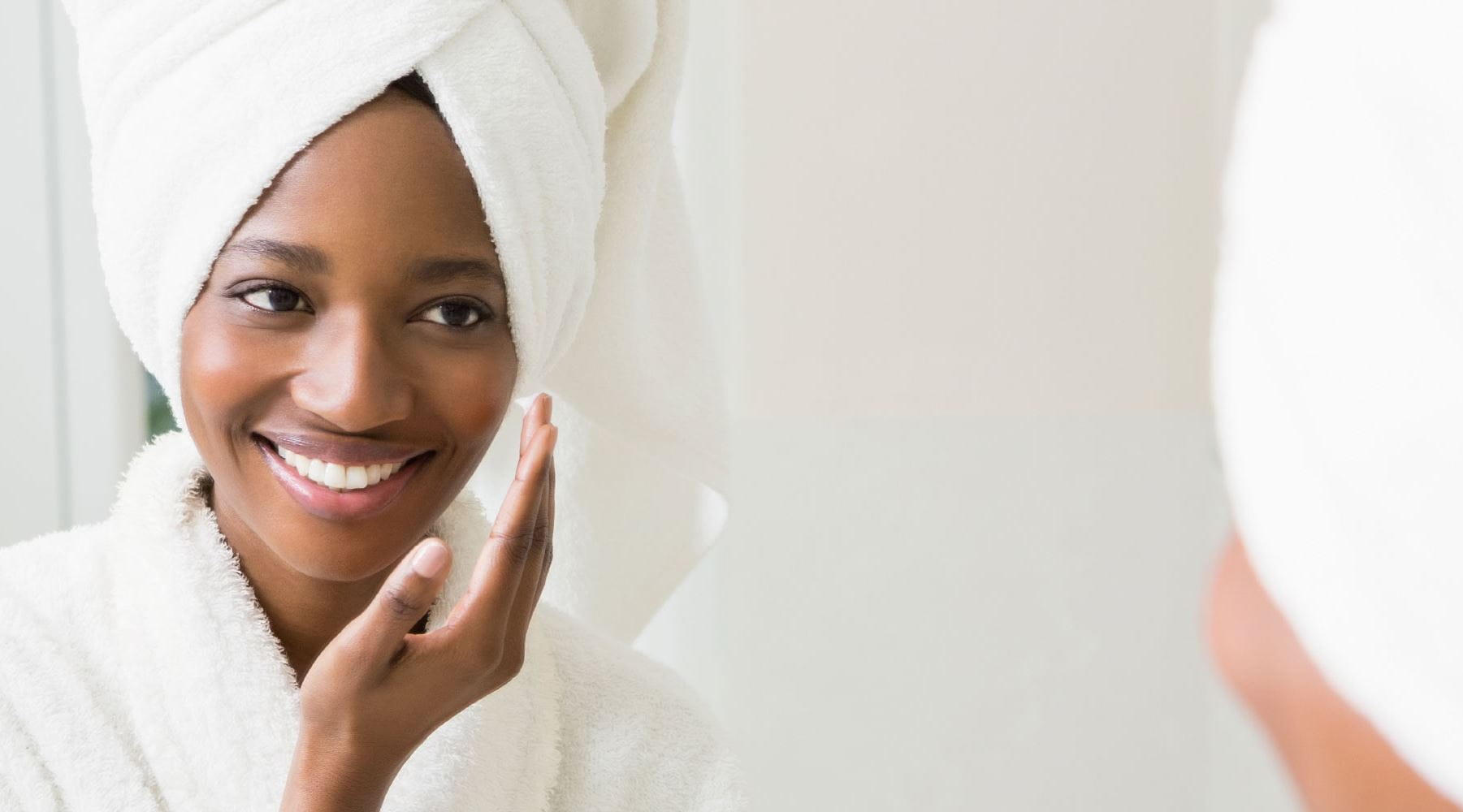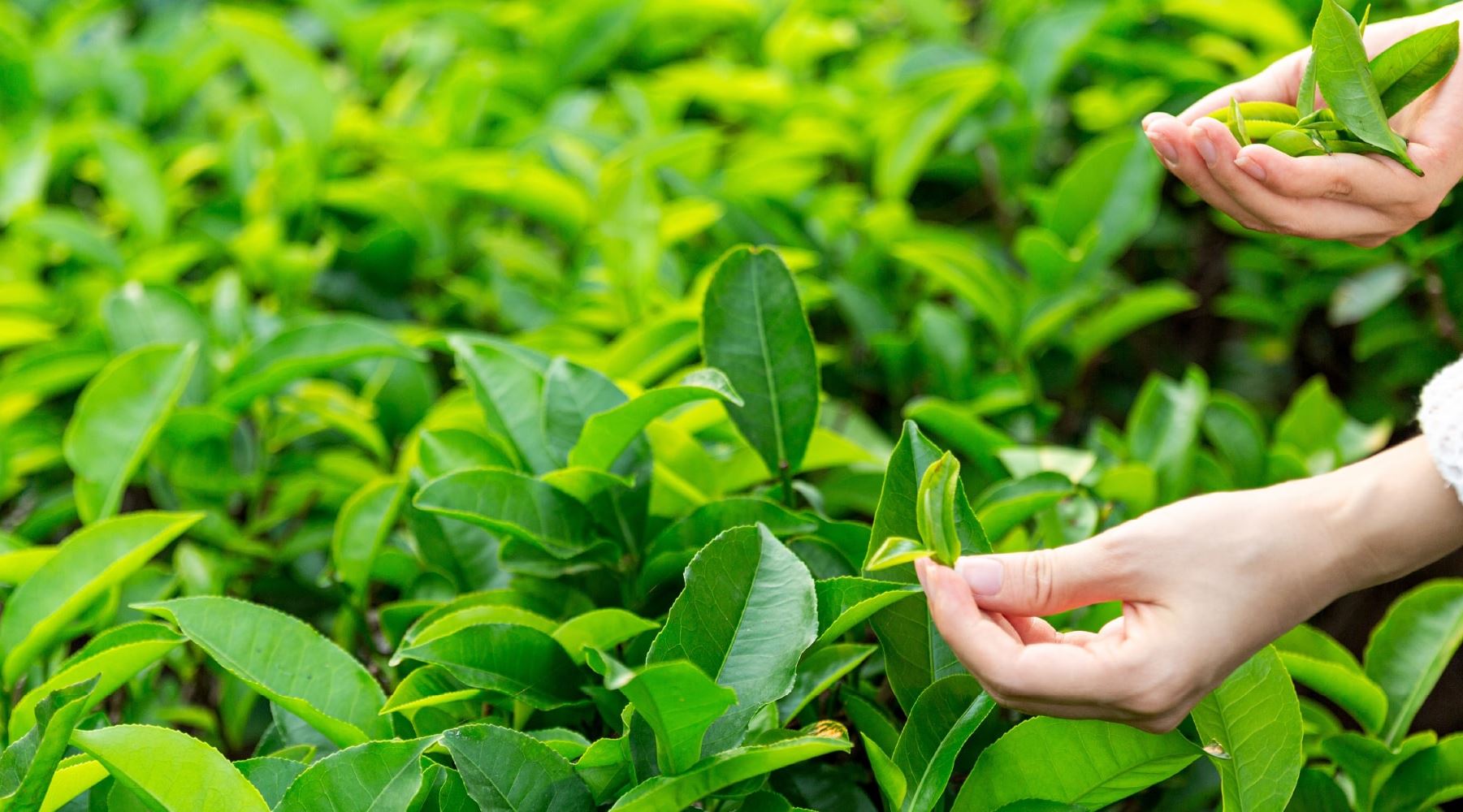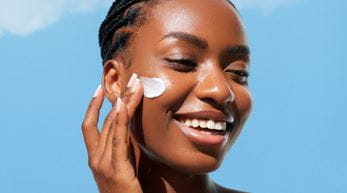'Dry' is used to describe a skin type that produces less oil (sebum) than regular or unproblematic skin. As a result of this lack of oil, dry skin is so low on lipids that it needs to hold onto moisture and build a protective shield against external influences. While oily skin has a glossy shine and visible pores, dry skin looks and feels tight, flaky and itchy.
Dehydrated skin is something quite different
Rather than being a type, it’s a condition. This means it can come and go and can affect dry and oily skin types alike. Think of it this way: dry skin is characterised by fewer oil-producing glands on the face and body, while the dehydrated skin is that which lacks water and moisture, not oil. It crops up for many reasons; temperature, humidity, smoking, alcohol intake and even, that air con you love so much. And while you can’t regulate the weather, you can do something about your skincare routine. When treating dry skin, your goal is first nourish it and rebalance the oil it lacks. Dehydration though, means still treating your skin type but addressing this condition. Even if you’re oily or blemish-prone, ignoring your skin’s call for hydration will just make the situation worse. Here’s what to do…
Go-To Ingredients: Understanding Hydrating Hyaluronic Acid and Other Natural Extracts
A lot has been said about Hyaluronic Acid (HA) and its work in dehydrated skin. Bringing a world of good to all skin types, everyone can benefit from it. Remember, at some point or another, whether it be seasonally or if it's just our natural skin type, everyone experiences dehydrated skin. So how does HA relieve thirsty skin? This ingredient is a humectant (it acts like a sponge), pulling moisture from the atmosphere into your skin. Fun fact; it’s able to hold 1,000 times its weight in water, serving up much needed relief to a dehydration complexion. But HA alone can’t do everything – especially during the different ages and stages of our lives. That’s why as you do life, so your skin needs different ingredients to support it.
20 Plus: Hyaluronic Acid and Organic Rose Water
Need something refreshing that revives dehydration but is light yet moisturising? Find both HA and delicate organic rose water (suitable for even sensitive skin) in NIVEA Rose Care Moisturising Gel Cream.
Prejuvenation: Anti-Oxidants Q10, Vitamin C and Vitamin E
The best anti-oxidants for skin may already be present in the body – like Co-Enzyme Q10. Protecting your cells from damage, they’re essential when thinking about preventative ageing. There’s no “right” time to start with de-age skincare. It’s about when you see signs of fine lines, the start of wrinkles, dullness and uneven skintone. Vitamins C and E are also remarkable skin age fights. Find all three in NIVEA Q10 Energy Healthy Glow Day Cream SPF 15.
De-Aging: Bakuchiol and Hyaluronic Acid
Ah, again the powers of super-hydrating HA. But for skin that needs all the dewy plumpness it can get, collagen-stimulating Bakuchiol (a natural, plant-based anti-oxidant), works to help re-densify skin. Combining the two ingredients together (in NIVEA Cellular Lift Expert Advanced Anti-Age Day Cream) targets many youth-boosting needs like collagen enhancement, skin strengthening and of course, hydration.








